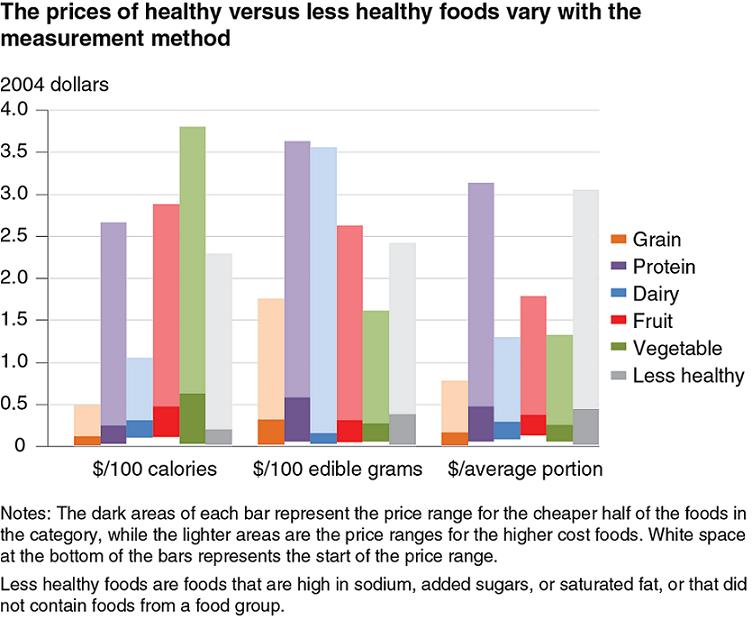
Natural Resources/Range Manager of the Shoshone-Bannock Tribes in Blackfoot, ID., Mark Wadsworth, speaking, was voted Chairman of the U.S. Department of Agriculture’s (USDA) Council for Native American Farming and Ranching (CNAFR) held at the National Museum of the American Indian in Washington, D.C., on Wednesday, Aug. 15, 2012. CNAFR was created to advise the Secretary on ways to eliminate barriers to participation for Native American Farmers and Ranchers in USDA programs. The Council was established as part of the Keepseagle settlement, and is conducted under the oversight of USDA's Office of Tribal Relations under the Office of the Secretary of Agriculture. USDA Photo by Lance Cheung.
An intensive two day public meeting wrapped up earlier this week in Washington, D.C., as the recently appointed members of the Council for Native American Farming and Ranching met face-to-face for the first time. Read more »

An adult Asian Longhorned Beetle
Throughout August, a little-known beetle may emerge from the trees in your community. You might see its long black and white antennae inching out from a dime-shaped hole in your favorite tree. The pest, named the Asian longhorned beetle, kills trees from the inside out. It attacks 13 types of hardwood trees. Read more »
As you may know, USDA recently issued its Expenditures on Children by Families, 2011 report, which analyzes the costs of raising a child born in 2011. USDA has been tracking the cost of raising a child annually since 1960. Expenses are examined by the age of the child, household income, budgetary component, and region of the country.
Middle income parents of a child born in 2011 can expect to spend about $234,900 ($295,560 if projected inflation costs are factored in*) for food, shelter, and other necessities to raise a child over the next 17 years. Let’s look at the breakdown: Read more »
Nearly 150 years ago – on July 2, 1862, just two months after the creation of the U.S. Department of Agriculture – President Lincoln signed another historic measure, the Morrill Act, which created the land grant university system.
Over the years, land grant colleges and universities have had a tremendously positive impact on our nation, graduating more than 20 million students. And in partnership with USDA, more than 100 land-grant institutions and other research partners have helped conduct the groundbreaking research that remains the envy of the world. Read more »

Fruits and vegetables appear more expensive than less healthy foods when the price is measured by calories rather than by weight or by amount in an average serving. The price measure has a large effect on which foods are determined more expensive.
Most Americans’ diets fall short of Federal recommendations, especially when it comes to whole grains, low-fat dairy products, and fruits and vegetables. Some nutrition researchers and food writers blame cost, saying fruits and vegetables and other healthy foods are more expensive than less healthy ones. And on a per calorie basis, that’s true. Calorie-sparse fruits and vegetables cost more than a donut, and skim milk costs more than whole. But is price per calorie the only way to think about a food’s cost? Read more »
On May 15, we will recognize the 150th anniversary of the founding of the U.S. Department of Agriculture. On that date in 1862, President Abraham Lincoln signed into law an act of Congress establishing USDA.
Two and a half years after he established the Department, in what would be his final annual message to Congress, Lincoln called USDA “The People’s Department.”
President Lincoln knew the importance of agriculture to our prosperity – particularly at a time when about half of all Americans lived on the farm. And while that number today stands at about 2 percent, our values are still rooted in rural America. Read more »



